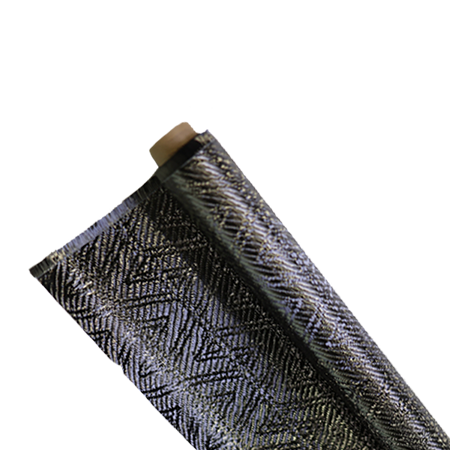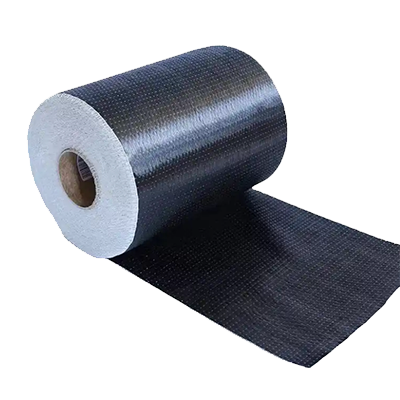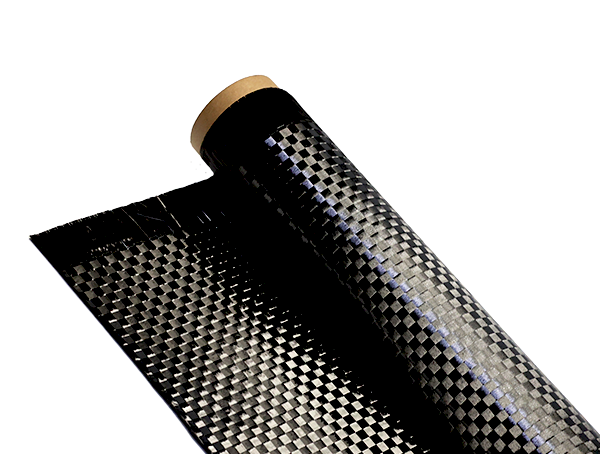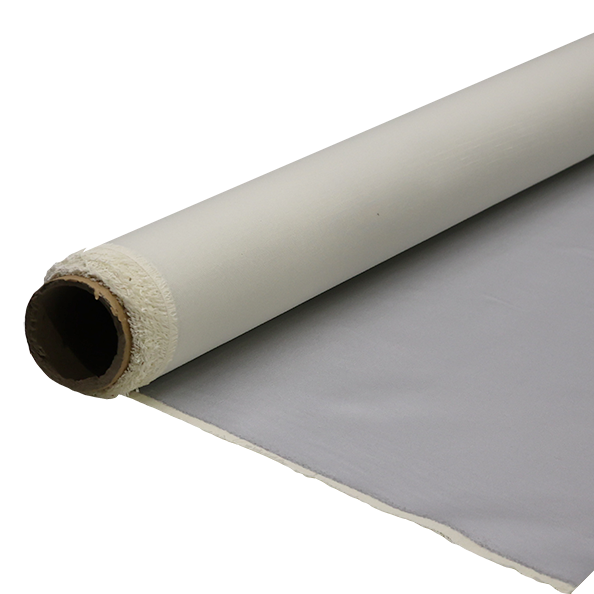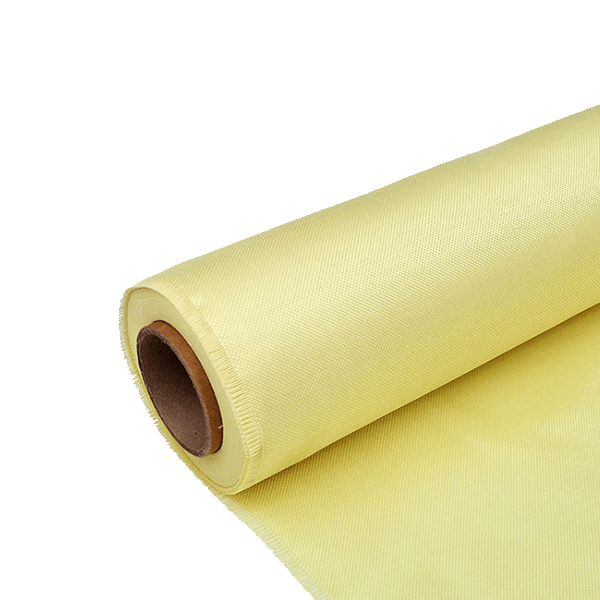هل يمكن إعادة تدوير أو إعادة استخدام نسيج القماش الكربوني؟
-
جدول المحتويات
“Transforming Carbon Cloth: From Waste to Worth – Discover the Future of Recycling and Repurposing!”
مقدمة
Carbon cloth fabric, known for its lightweight and high-strength properties, is increasingly used in various applications, including aerospace, automotive, and sports equipment. As sustainability becomes a critical focus in manufacturing and consumer choices, the question of whether carbon cloth fabric can be recycled or repurposed is gaining attention. This introduction explores the potential for recycling and repurposing carbon cloth, examining the challenges and opportunities associated with its unique composition and applications. Understanding these aspects is essential for promoting environmentally friendly practices in industries that utilize this advanced material.
Recycling Processes for Carbon Cloth Fabric
The recycling processes for carbon cloth fabric are increasingly relevant in today’s environmentally conscious society, where the demand for sustainable materials is on the rise. Carbon cloth, known for its lightweight and high-strength properties, is primarily used in various applications, including aerospace, automotive, and sporting goods. However, the question of whether this specialized fabric can be recycled or repurposed is crucial for reducing waste and promoting a circular economy.
To begin with, it is essential to understand the composition of carbon cloth fabric. Typically made from carbon fibers, this material is often combined with resins or other polymers to enhance its performance characteristics. This combination, while beneficial for the fabric’s strength and durability, complicates the recycling process. Unlike traditional textiles, which can often be mechanically shredded and reprocessed, carbon cloth requires more sophisticated methods to separate the fibers from the resin matrix.
One of the primary recycling methods for carbon cloth involves pyrolysis, a thermal decomposition process that occurs in the absence of oxygen. During pyrolysis, the resin is broken down at high temperatures, allowing the carbon fibers to be recovered. This process not only recycles the fibers but also generates energy in the form of syngas, which can be utilized for various energy needs. However, the efficiency of this method can vary based on the specific resin used and the conditions of the pyrolysis process. Consequently, ongoing research aims to optimize these parameters to enhance the yield and quality of recycled carbon fibers.
In addition to pyrolysis, another promising approach is chemical recycling, which involves using solvents or chemical agents to dissolve the resin and liberate the carbon fibers. This method can be particularly advantageous as it may allow for the recovery of both the fibers and the resin, potentially enabling the reprocessing of both materials into new products. However, the development of effective chemical recycling techniques is still in its infancy, and further advancements are necessary to make this method commercially viable.
Moreover, repurposing carbon cloth fabric presents an alternative to traditional recycling methods. Given its unique properties, carbon cloth can be creatively reused in various applications. For instance, it can be transformed into protective gear, such as knee pads or elbow guards, for sports enthusiasts. Additionally, artists and designers have begun to explore the aesthetic potential of carbon cloth, incorporating it into fashion and art projects. By finding innovative ways to repurpose this material, we can extend its lifecycle and reduce the environmental impact associated with its disposal.
Furthermore, the growing interest in sustainability has prompted manufacturers to consider the end-of-life stage of carbon cloth products during the design phase. This approach, known as design for recycling, encourages the development of products that are easier to recycle or repurpose. By integrating recyclable materials and minimizing the use of complex composites, manufacturers can facilitate more efficient recycling processes and contribute to a more sustainable future.
In conclusion, while the recycling processes for carbon cloth fabric present certain challenges due to its composite nature, advancements in pyrolysis and chemical recycling methods offer promising solutions. Additionally, the potential for repurposing this versatile material highlights the importance of creativity and innovation in addressing waste. As the industry continues to evolve, fostering a culture of sustainability will be essential in ensuring that carbon cloth fabric can be effectively recycled or repurposed, ultimately contributing to a more sustainable and circular economy.
Creative Repurposing Ideas for Carbon Cloth
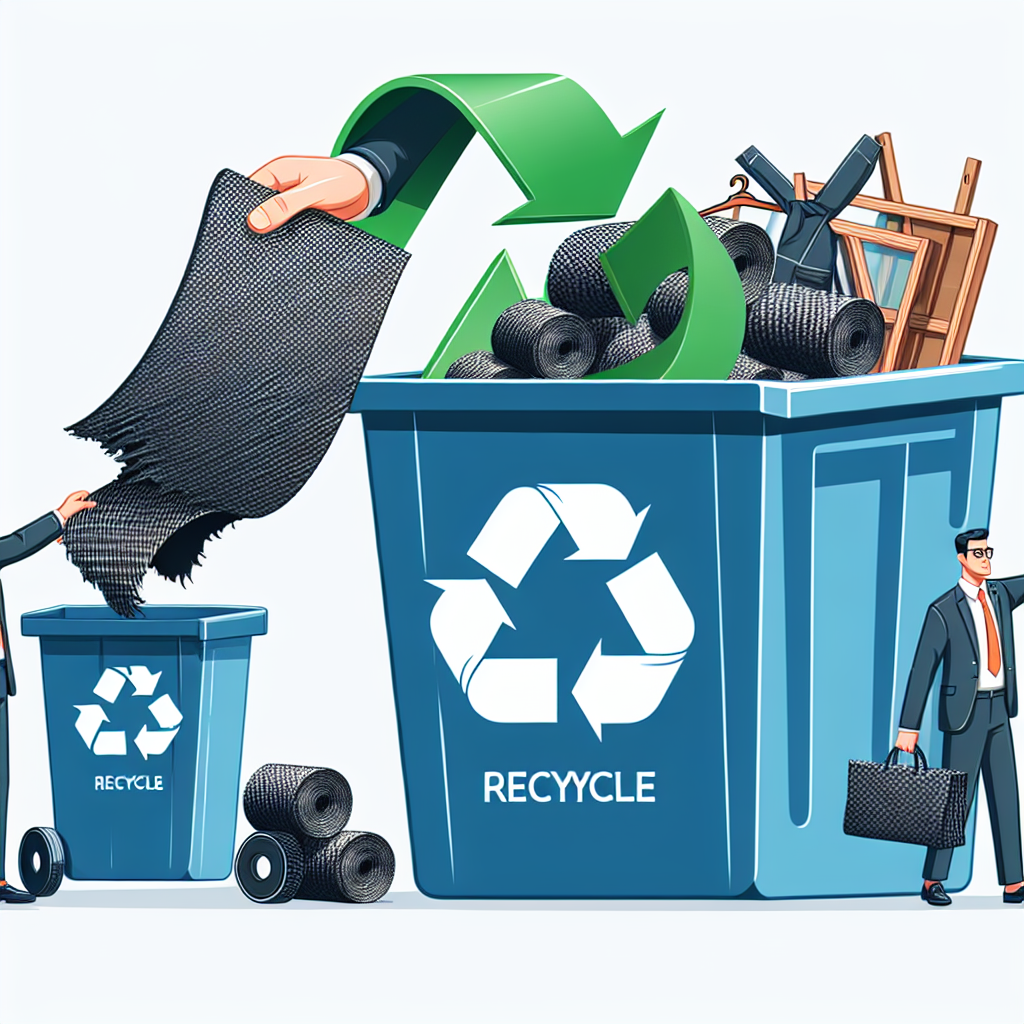
Carbon cloth, a material known for its lightweight and high-strength properties, has gained popularity in various industries, including aerospace, automotive, and sports equipment. As sustainability becomes increasingly important, the question of whether carbon cloth can be recycled or repurposed is gaining attention. While traditional recycling methods for carbon fiber materials are still developing, creative repurposing offers a viable alternative for extending the life cycle of carbon cloth.
One of the most innovative ways to repurpose carbon cloth is through the creation of custom accessories. For instance, carbon cloth can be transformed into unique bags or wallets. The material’s durability and resistance to wear make it an excellent choice for items that require longevity. By sewing together pieces of carbon cloth, artisans can design stylish and functional products that not only serve a practical purpose but also showcase the material’s distinctive texture and appearance. This approach not only reduces waste but also promotes the use of sustainable materials in fashion.
In addition to accessories, carbon cloth can be utilized in home decor. For example, it can be used to create wall art or decorative panels. The striking visual appeal of carbon cloth, combined with its lightweight nature, allows for innovative design possibilities. Homeowners can craft unique pieces that serve as conversation starters while also contributing to a more sustainable living environment. By incorporating repurposed carbon cloth into their decor, individuals can express their commitment to sustainability and creativity.
Moreover, carbon cloth can find a second life in the realm of sports and outdoor gear. Athletes and outdoor enthusiasts can repurpose carbon cloth into custom gear, such as protective sleeves or padding for equipment. The material’s strength and lightweight characteristics make it ideal for enhancing the performance of various sports items. For instance, a cyclist might create a custom seat cover or handlebar grips, while a climber could fashion protective gear for their harness. This not only extends the life of the material but also allows for personalized gear that meets specific needs.
Furthermore, carbon cloth can be integrated into DIY projects, encouraging creativity and innovation. Hobbyists can experiment with carbon cloth in various applications, such as creating model aircraft or drones. The material’s lightweight properties make it an excellent choice for reducing overall weight while maintaining structural integrity. By engaging in such projects, individuals not only repurpose carbon cloth but also gain hands-on experience with advanced materials, fostering a deeper understanding of their properties and potential uses.
In addition to these creative applications, educational institutions and research organizations can benefit from repurposing carbon cloth. By using it in educational projects or experiments, students can learn about material science, engineering, and sustainability. This hands-on approach not only promotes awareness of environmental issues but also inspires the next generation of innovators to think critically about material usage and waste reduction.
In conclusion, while the recycling of carbon cloth may still be in its infancy, the potential for creative repurposing is vast and varied. From fashion accessories to home decor, sports gear, and educational projects, the possibilities are limited only by imagination. By embracing these innovative approaches, individuals and organizations can contribute to a more sustainable future while celebrating the unique qualities of carbon cloth. As awareness of sustainability continues to grow, the repurposing of materials like carbon cloth will play a crucial role in reducing waste and promoting responsible consumption.
Environmental Impact of Carbon Cloth Disposal
The environmental impact of carbon cloth disposal is a topic of increasing relevance as the use of advanced materials in various industries continues to rise. Carbon cloth, known for its lightweight and high-strength properties, is widely utilized in sectors such as aerospace, automotive, and sports equipment. However, the disposal of this material poses significant environmental challenges that warrant careful consideration. As the demand for sustainable practices grows, understanding the implications of carbon cloth disposal becomes essential.
When carbon cloth is discarded, it often ends up in landfills, where it can take an extended period to decompose. Unlike natural fibers, carbon fibers are synthetic and do not break down easily in the environment. This persistence can lead to long-term pollution, contributing to the accumulation of non-biodegradable waste. Furthermore, the production of carbon cloth involves energy-intensive processes that emit greenhouse gases, exacerbating the environmental footprint associated with its lifecycle. Consequently, the disposal phase becomes a critical aspect of the overall environmental impact of carbon cloth.
In light of these concerns, the potential for recycling or repurposing carbon cloth emerges as a viable solution. Recycling processes for carbon fibers are still in their infancy, but advancements are being made. Some methods involve mechanical recycling, where the fibers are ground down and reprocessed into new materials. This approach not only reduces waste but also conserves the energy and resources required to produce new carbon fibers from raw materials. Additionally, chemical recycling techniques are being explored, which can break down the fibers into their constituent elements, allowing for the creation of new carbon-based products.
Repurposing carbon cloth is another avenue that can mitigate its environmental impact. Innovative applications for used carbon cloth are being developed, ranging from construction materials to artistic endeavors. For instance, repurposed carbon cloth can be utilized in the manufacturing of composite materials, which can be employed in various industries, including construction and automotive. By finding new uses for discarded carbon cloth, we can extend its lifecycle and reduce the demand for virgin materials.
Moreover, the growing awareness of sustainability has prompted manufacturers to consider end-of-life strategies for carbon cloth products. Companies are increasingly adopting circular economy principles, which emphasize the importance of designing products with their entire lifecycle in mind. This approach encourages the development of carbon cloth products that are easier to recycle or repurpose, thereby minimizing waste and environmental impact. As a result, the industry is moving towards more sustainable practices that prioritize the responsible management of materials.
In conclusion, the environmental impact of carbon cloth disposal is a pressing issue that necessitates a shift towards more sustainable practices. While the challenges associated with recycling and repurposing carbon cloth are significant, ongoing research and innovation hold promise for mitigating these impacts. By embracing recycling technologies and exploring creative repurposing options, we can reduce the environmental footprint of carbon cloth and contribute to a more sustainable future. As industries continue to evolve, it is imperative that stakeholders prioritize responsible disposal methods and invest in solutions that promote environmental stewardship. Ultimately, the path forward lies in our collective commitment to rethinking how we manage materials like carbon cloth, ensuring that we minimize waste and protect our planet for future generations.
الأسئلة والأجوبة
1. **Can carbon cloth fabric be recycled?**
No, carbon cloth fabric is typically not recyclable due to its composite nature and the presence of resin or other bonding agents.
2. **Can carbon cloth fabric be repurposed?**
Yes, carbon cloth fabric can be repurposed for various applications, such as making custom parts, insulation, or even art projects.
3. **What are some creative uses for repurposed carbon cloth fabric?**
Repurposed carbon cloth can be used in crafting items like bags, protective gear, or as reinforcement in DIY projects.



